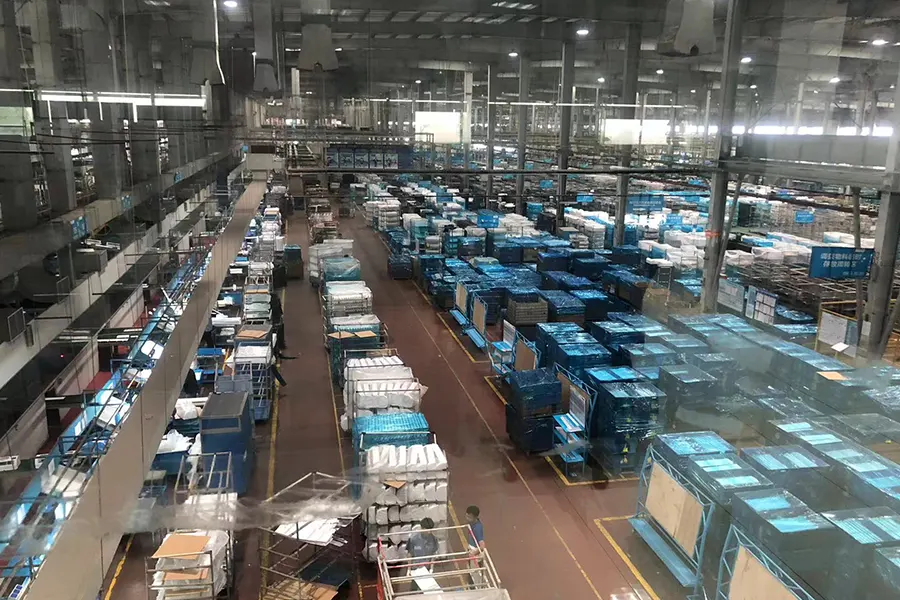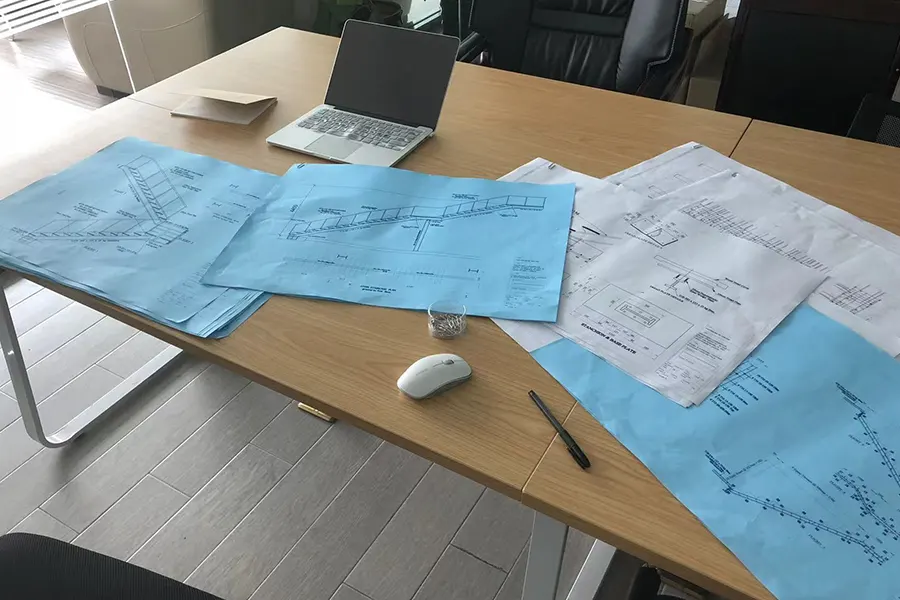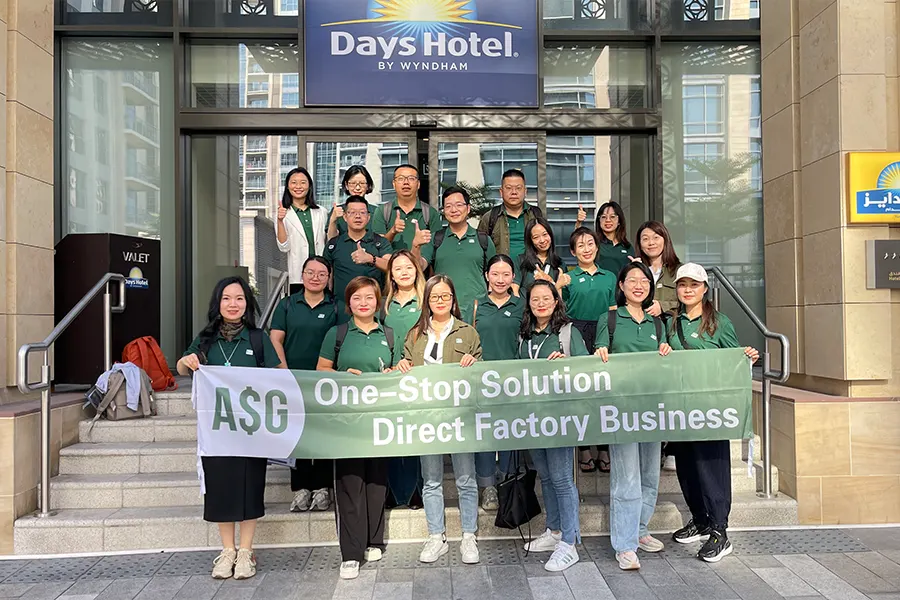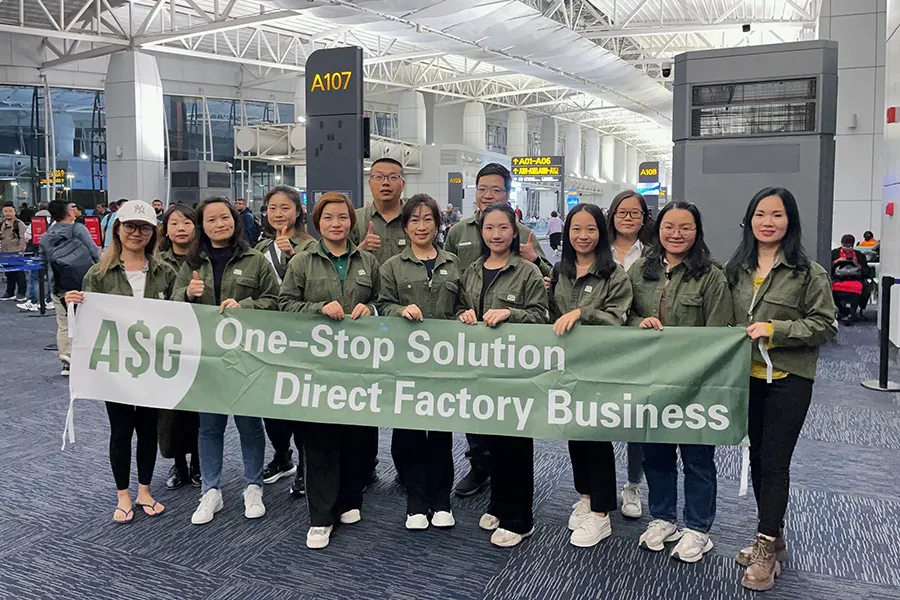The $80,000 Quality Crisis That Changed Everything
How a “impossible” product recall taught us the hidden dangers lurking in your supply chain.
Sometimes the projects that teach you the most are the ones that go terribly wrong – and this $50,000 order was one of those eye-opening experiences that completely transformed how we approach quality control.
Our client, a well-established brand in the consumer goods sector, came to us with what seemed like a straightforward requirement: source 50,000 units of their product with one critical specification – the items must be completely phthalate-free to meet strict international safety standards.
We knew this wasn’t just a “nice-to-have” – phthalate compliance is non-negotiable in many markets, especially for products that might come into contact with children or food. So we did what any responsible sourcing agent would do: we wrote iron-clad contract terms stating that the supplier must guarantee phthalate-free products or bear all losses from non-compliance.
The supplier confidently agreed. After all, this is 2019 – phthalate-free manufacturing should be standard practice, right?
Here’s where our story takes a dramatic turn that nobody saw coming.
The “Perfect” Quality Control Process
We weren’t taking any chances with this order. Our quality control process was textbook perfect:
- ✅ Pre-production sample testing – All clear
- ✅ Mid-production spot checks – No issues detected
- ✅ Final product inspection – Everything passed
- ✅ Shipment clearance – Products shipped with confidence
The Nightmare Phone Call
Several weeks after delivery, we received the call that every sourcing agent dreads. Our client’s local partner was practically in tears:
“The products have been pulled from shelves. Third-party testing found dibutyl phthalate. Everything needs to be recalled immediately.”
The numbers were staggering:
- Direct losses: Over $80,000
- Indirect losses: Cancelled future orders, damaged brand reputation, potential legal action
- Additional costs: Storage, disposal, legal fees, regulatory fines
The “Impossible” Situation
Our first reaction? Complete disbelief.
How could this happen when we’d done everything right? We’d tested samples at every stage. Phthalate testing isn’t rocket science – it’s binary. Either the chemical is there, or it isn’t. There’s no gray area.
We briefly wondered if there was some mistake:
- Was the local testing lab wrong?
- Were there different standards being applied?
- Was this some kind of competitive sabotage?
But deep down, we knew the truth was much more troubling.
When crisis hits, you have two choices: panic or investigate. We chose investigation.
The 12-Hour Deep Dive
We immediately launched a comprehensive investigation while our client arranged for independent re-testing (which confirmed the problem). Our team worked around the clock to trace exactly what went wrong.
The Smoking Gun
After 12 intensive hours of detective work, we uncovered the shocking truth:
The supplier had run out of raw materials mid-production.
Here’s what happened:
- Initial order: Supplier calculated materials for 100 pieces
- Material shortage: Only had enough for 80 pieces
- Emergency procurement: Rushed to buy additional materials to meet deadline
- Critical mistake: Never tested the new batch of raw materials
- Perfect storm: The contaminated products somehow avoided our random sampling but got picked up in the market testing
The Accountability Challenge
When we confronted the supplier, the finger-pointing began:
- Our supplier: “The upstream material supplier never told us about phthalates!”
- Material supplier: “We never guaranteed phthalate-free materials!”
- The reality: No written agreements existed between supplier and their material source
Our supplier was left holding the bag for the entire $80,000+ loss because they had no recourse against their upstream supplier.
Our Immediate Response
While dealing with the crisis, we:
- Coordinated damage control with the client and local partners
- Facilitated supplier accountability ensuring they honored their contractual obligations
- Conducted supply chain audit to prevent future occurrences
- Developed enhanced testing protocols for critical compliance issues
Short-term Outcomes
- Supplier absorbed full financial responsibility as per contract terms
- Client relationship preserved through transparent communication and proactive crisis management
- Regulatory compliance restored through proper disposal and documentation
- New quality protocols implemented across all similar product categories
Long-term Strategic Changes
This case became a watershed moment for Asian Sourcing Group. We fundamentally restructured our approach:
- Supply Chain Transparency: We now map and manage second-tier suppliers (suppliers of suppliers)
- Raw Material Control: Direct oversight of critical raw materials and components
- Enhanced Documentation: Every quality requirement backed by written agreements at all supply chain levels
- Continuous Monitoring: Ongoing supplier audits rather than just pre-production checks
The Silver Lining
While painful, this experience differentiated us from competitors who learned about supply chain depth the hard way. Our enhanced protocols have since prevented dozens of similar issues for other clients.
Ready to protect your brand from hidden supply chain risks? اتصل بمجموعة المصادر الآسيوية to learn about our comprehensive quality assurance protocols that manage suppliers at every level.
“When the recall happened, I honestly thought our business relationship was over. An $80,000 loss plus the regulatory headaches – it was a nightmare scenario.
But what impressed me was how Asian Sourcing Group handled the crisis. Instead of making excuses or disappearing, they immediately took ownership of finding the root cause and ensuring our supplier honored their contractual obligations.
More importantly, they used this setback as a learning opportunity. The new quality control protocols they implemented after this incident are now the gold standard we wish all our sourcing partners would adopt.
Today, three years later, we’ve never had another compliance issue. Their multi-tier supplier management approach gives us confidence that problems are caught before they become crises. Sometimes you need to go through fire together to build real trust – and that’s exactly what happened here.”










-300x198.png)